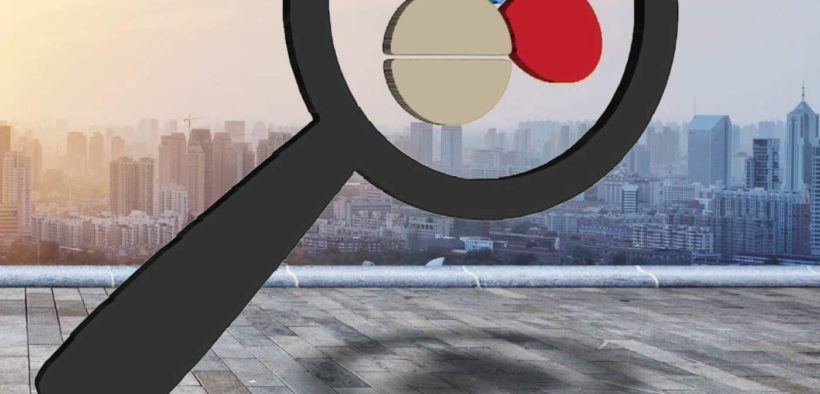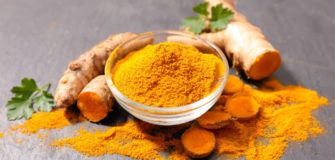Knowing The Difference

The decision to follow a path of therapy should depend on the efficacy of the drug, and the irrefutable results of evidence based medicine
By Dr Ulhas Ganu
Being a researcher and also being associated with the pharmaceutical industry, I continue to come across people who ask me for an opinion on whether to take modern medicine (popularly called allopathy), which is perceived as toxic, or alternative medicine which is perceived as non-toxic (not necessarily true) or to opt for naturopathy. The comparison is unreal as efficacy should be the first benchmark.
This is followed by addressing the adverse effects, controlling them through other medicines. As a believer in evidence-based medicine and having associated with the pharmaceutical industry for the last 52 years, and the ethical principle I follow is to share the current knowledge with opinion seekers and encourage them to make their own informed decisions. I quote two examples observed over a span of a decade. A young lady diagnosed with psoriatic arthritis five years ago had abandoned methotrexate treatment within three months of therapy in favor of alternative medicine, with resultant aggravation of the disease. Restarting it four months ago gave quick benefits. She was also given the option of adding monoclonal antibodies (MABs) to the treatment. Considering her age (being a younger patient), increased the propensity of these MABs to cause treatment-related cancers in RA patients, and as the disease was responding to simple oral therapy, the option was rejected.

At the same time, MAB therapy could be a good option in older patients not responding to first-line oral therapy. The other case was that of a very highly educated lady, who was diagnosed with early-stage breast cancer almost a decade ago. She told me that they decided to opt for diet and naturopathy to control the disease. Luckily, her educational background helped us convince her that though a regular consumption of fruits and salads may reduce the probability of cancer occurrence as compared to those not having it as a part of the meal, this cannot be a treatment for cancer by any stretch of the imagination. Further, phytonutrients like curcumin or anthocyanins and flavones having antioxidant properties cannot be looked upon as having anticancer properties. Technically, medicines are substances approved by the FDA for the treatment of specific diseases. The attribute one looks for in medicine is the desired effect against a particular disease. That is the main effect everyone, from the scientists who invented the medicine, the doctors who use it for treating their patients and the patient who takes treatment, are looking for. Doctors look at balancing the desired (medicinal) effects against possible adverse effects (side effects) while selecting a medicine.
The ideal medicine is one that will give the desired effect against the disease and no adverse side effects against the host i.e., the person being treated for the disease. It was realized early on that such an ideal drug was not likely to be found in the near future. The acceptance of this reality led scientists to look for measures of safety. The degree of safety was defined as the therapeutic index, which, in simple terms, can be looked upon as the ratio of maximum tolerated dose to the minimum effective dose. It is also described as the ratio of toxic dose to the therapeutic dose of a drug. The higher the ratio, the safer the drug. While general medicines have a higher safety margin, cytotoxic drugs have a relatively narrow therapeutic index. It is also important to note the type of toxicity and whether it is permanent or reversible. Protocols change once a drug reaches the threshold level, which is well below lifetime toxic dose. These are factors considered for the degree of safety of a drug by plotting its efficacy against toxicity in controlled trials. That’s evidence-based medicine. Potential drugs undergo stringent studies and only those with better efficacy and lower toxicity pass the test. Both the people in the cases described above understood the logic, accepted the reality and are now in good health. That is the power of information, understanding and informed decision making.
















